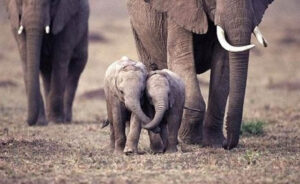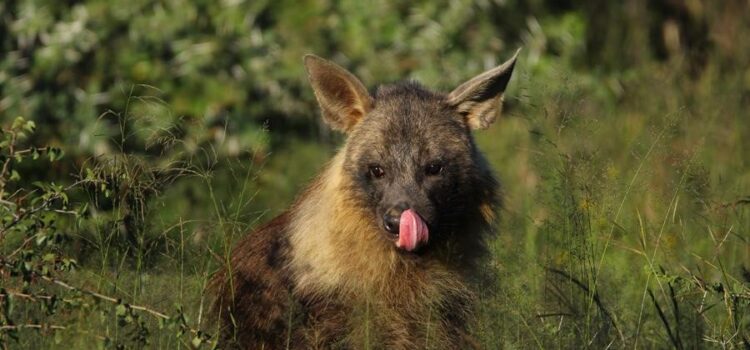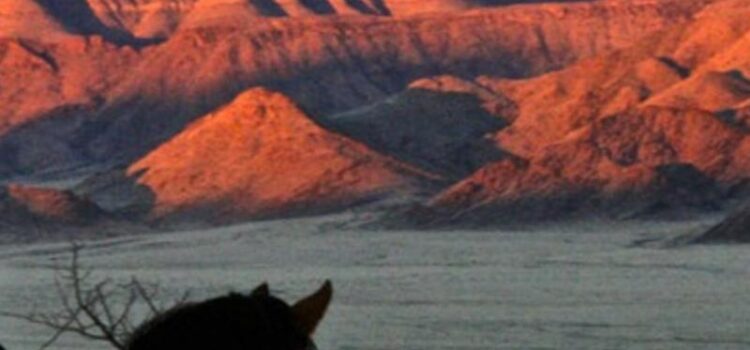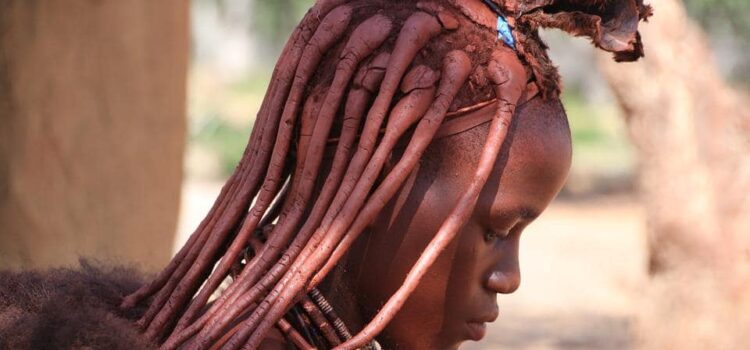When visitors to Namibia start planning their holiday, 2 things that are always on the wish list are, to see the Skeleton Coast and to track the nearly mythical desert-adapted elephant.
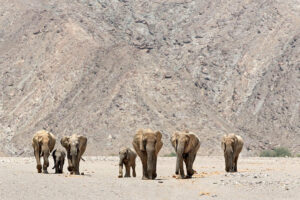
Namibia is only one of two spots on Earth where Desert-adapted Elephants are known to occur, the other being Mali. Sadly, the Malian population has dwindled down to a mere 350 individuals over the years.
Namibia’s desert adapted elephants have seen their own share of upheaval and trauma. In the 1980’s nearly the entire population of 3,000 elephants was decimated by poachers, subsequent measures to protect and ensure the conservation of these animals has meant that the populations are slowly recovering, and currently we have about 600 desert adapted elephants in Namibia.
Strange as it might sound the desert adapted elephant are NOT a different species to the Savanna Elephant (Loxodonta Africana) but they have special adaptations, specifically suited to the harsh conditions.
Desert adapted elephants appear less bulky, due to their lower food intake
Savanna Elephant
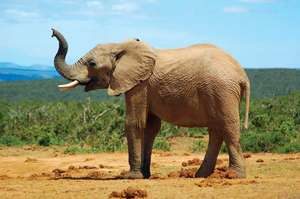
Desert Adapted Elephant
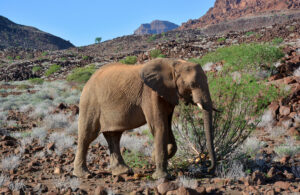
Proportionately, they have longer legs and seemingly larger feet, probably due to the distances that they have to cover to find food and water.
They have also adapted (learned behaviour) to living in smaller family groups (only 2 or 3 families living together) to reduce the pressure on their food and water resources and researchers have even noted that they seem to destroy fewer trees than their counter-parts who live in wetter climes!
Elephants will eat most types of vegetation and an adult bull can eat up to 250kg of vegetation PER DAY, and whilst they prefer to drink water daily, they can go for up to 3 days without any water.
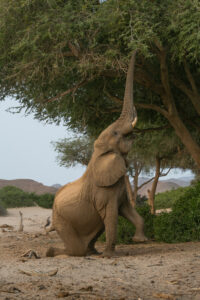
In the far north-west of Namibia, where these animals live, the annual rainfall is less than 100mm, so the desert adapted elephants are forced to migrate long distances in search of food and water, in 1981/2 a migration from the Angolan border to the Hoarusib River was recorded, sadly because of poaching of the Kunene River Elephants this massive migration is only recorded in the history books.
Today, the local communities are benefitting from elephant related tourism in their communities, and many are being employed as trackers and guides.
EHRA http://www.desertelephant.org/ and Desert Elephant Conservation http://www.desertelephantconservation.org/AboutDesertElephants.html are 2 organisations, working in Namibia doing research and educating people on the plight of the Desert Adapted elephant, and preserving these pachyderms for future generations!
Did you know that Elephants only have 4 teeth, but they will grow 6 sets of teeth during their lifetime!
